How to Extend the Vegetable Growing Season
Proper plant protection means that gardeners anywhere can harvest veggies during fall and winter
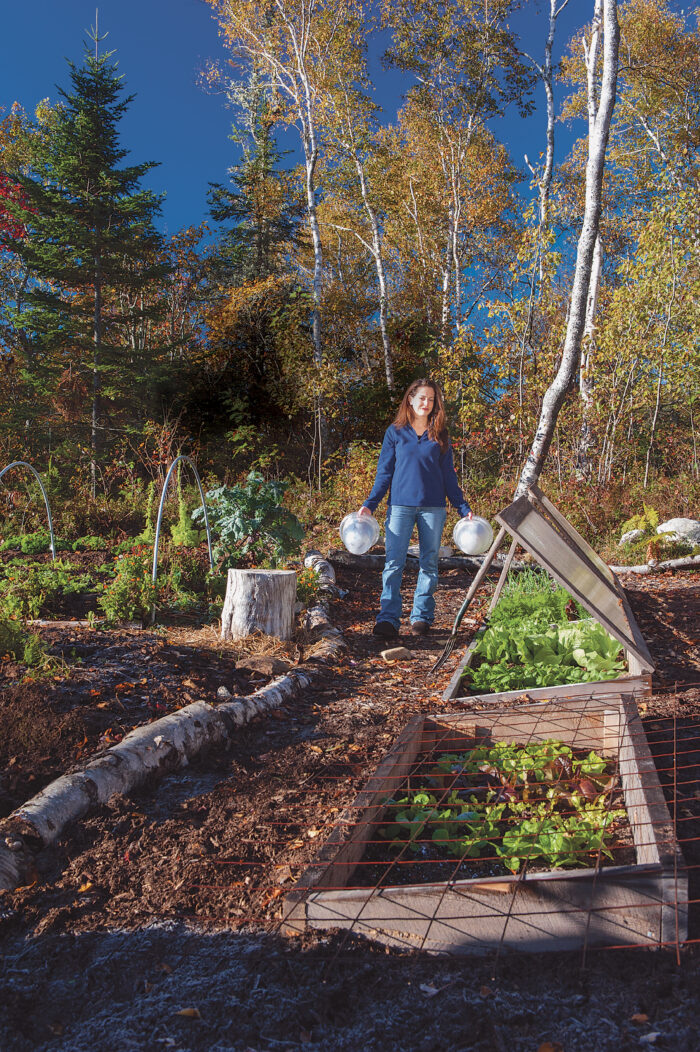
If I had a dollar for every time someone has said, “It’s too cold to grow vegetables in winter,” I could buy myself a heated greenhouse. The truth is that even people in northern regions—like Nova Scotia, where I live—can have a fall and winter garden without the added expense of a heated structure. Late-fall and winter gardens are also low maintenance; there is no need to water, weed, or fertilize from December through March. Harvesting is the only “chore,” and with more than 30 types of cold-hardy vegetables and herbs in our winter garden, even the kids get excited about pulling a rainbow of carrots from a cold frame in January. The key to success is simple: Use the right season extenders to protect plants from harsh and inclement weather.
Know your frost date and the days to plant maturity
No matter what season extender you use, there are two important things to remember when planting fall and winter edibles: the approximate date of the first hard frost in your region and the days to maturity for each crop you plant. The Old Farmer’s Almanac lists frost dates for most parts of the country. And days to maturity will be listed in the seed catalog or on the packet. This information is important because the growth of most plants comes to a standstill when day length drops below 10 hours. As a result, it is important to be sure that crops are at the right stage of maturity when they have less light.
To ensure that winter crops have enough time to grow and reach a harvestable size, I add an extra week or two to the maturity date for the selected edible. ‘Winterbor’ kale, for example, is an extremely cold-tolerant hybrid. It is ready to harvest as a baby crop about 60 days after seeding and after 80 days for a mature plant. If I want a mature winter crop of ‘Winterbor’, I need to take 80 days, tack on an extra week to account for the shorter days, and count backward from my first hard-frost date to determine when to seed it.
Season extenders protect crops from inclement weather
Season extenders stretch the growing season by weeks or months. These four examples afford gardeners extra protection for times when nature isn’t especially cooperative.
Cloches shelter plants in autumn
Cloches have been used for centuries by clever gardeners to extend a harvest. Also known as hot caps, cloches are miniature greenhouses placed over plants to protect them from inclement weather. I use cloches in two ways: to shield crops for one or two days from imminent frost, hail, or snow; and as an incubator to shelter early-planted or tender crops for up to six weeks.
In the case of imminent bad weather, any type of container can be an effective short-term cloche; a bucket or large jar works well. Because this protection won’t be on the plants for more than a day or two, it doesn’t need to be translucent. For longer protection, the cloche needs to be made of a clear material, like glass or plastic, to allow good light transmission. Cloches should be removed or vented on mild days (when temperatures exceed 40°F [4°C]) to protect plants from overheating. An unvented cloche will trap heat and humidity, and if left on for too long in warm weather, it will scorch the plant beneath it.
Row covers insulate newly seeded or transplanted crops
Row covers are gauzy materials that are extremely effective at insulating newly seeded or transplanted veggies from light frost, cold weather, and pests like birds or deer. In spring and early autumn, light- to medium-weight fabrics can be laid directly on top of crops. As fall morphs into winter, I switch to heavyweight covers and float them on mini hoops, along with a layer of greenhouse plastic to shelter cold-season edibles, like kale, Swiss chard, leeks, and spinach. Heavyweight row covers offer more insulation than light- or medium-weight covers, but they don’t allow as much light to pass through. A heavyweight material placed directly on vegetables that are actively growing in spring or autumn could delay or damage the crops. I, therefore, save heavyweight covers for winter, when my vegetables are hibernating.
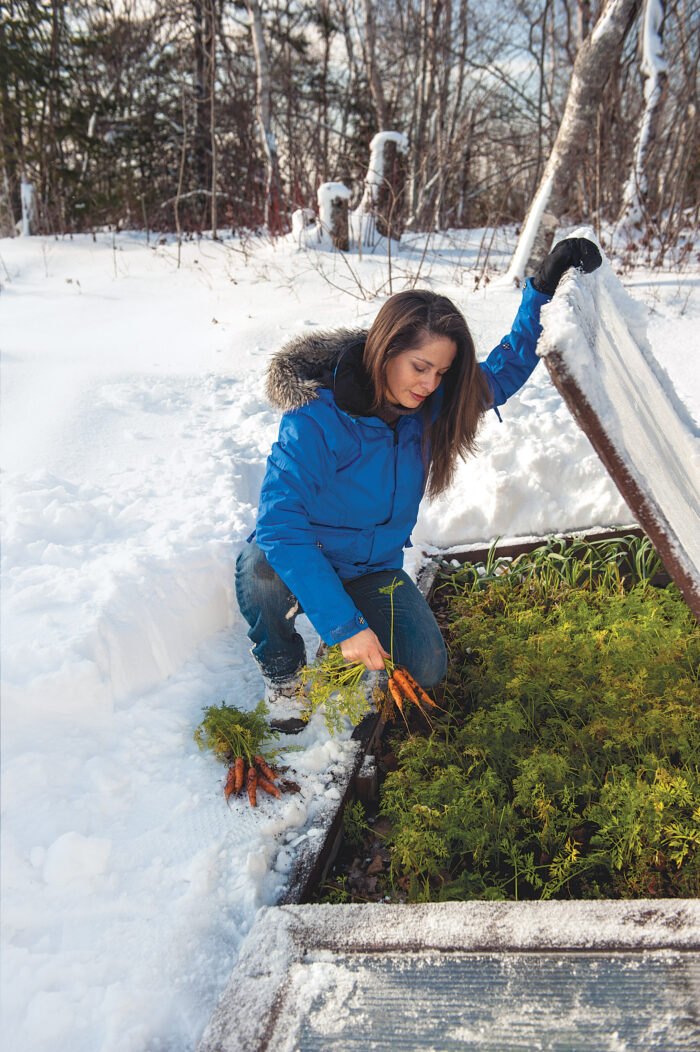
Cold frames create beneficial microclimates
If I could have only one season extender, it would be a cold frame—a bottomless box with a translucent top that captures solar energy. Cold frames create a microclimate around plants, sheltering them from bad weather and cold temperatures. They should be sited so that the sloped top faces south for maximum light exposure. Our 6-foot-long and 3-foot-wide cold frames are crafted from 2-inch-wide local hemlock boards and sunk into the ground for added insulation. The translucent tops are made out of Lexan, a twin-wall polycarbonate material that is effective for insulating but still permits over 85 percent light transmission. As with mini hoop tunnels, cold frames need to be vented in spring and fall, and brushed off after a snowstorm in winter. To vent, use thick branches, a shovel, or a pitchfork to prop up the top. I keep my cold frames closed during winter, except for the few minutes a day that I harvest.
Mini hoop tunnels protect plants in all seasons
Mini hoop tunnels are workhorses in the garden, sheltering tender small tomatoes, peppers, and melons in spring and tall kales, collards, Italian parsley, and leeks in late autumn and winter. We make our mini hoops from ½-inch PVC (polyvinyl chloride) pipe that is bent over 10-foot-long and 4-foot-wide beds and slipped over 1-foot-long rebar stakes that are pounded into the ground.
The covering on a mini hoop tunnel will be determined by the season and the crop to be protected. In cold weather, a sheet of greenhouse plastic provides the greatest insulation, but in the milder climate of late spring and early autumn, a light fabric usually suffices. In summer, mini hoop tunnels can be covered with a length of shade cloth to create a shelter for cool-season salad greens, which bolt quickly when grown directly under the hot sun.
In spring and fall, be sure to vent your mini hoop tunnels by opening the ends when outside temperatures rise above 40°F (4°C). Crops that are grown in too warm an environment, especially winter vegetables, will grow soft and be more susceptible to cold damage. Crops must also be kept away from the cover of mini hoop tunnels during winter or the foliage will freeze upon contact. Remember to brush snow off your structure promptly after a storm, using a broom or plastic shovel, or it may collapse.
Plant the right crops at the right time
Here are some of my favorite vegetables and herbs for late fall and winter. I’ve paired them with season extenders, like cold frames and mini hoops, but don’t be afraid to experiment with other shelters to see what works best in your garden.

—Niki Jabbour is a food gardener, a radio host, and the author of The Year-Round Vegetable Gardener. She lives near Halifax, Nova Scotia, where she and her family harvest vegetables throughout winter.
Photos, except where noted: Joseph De Sciose




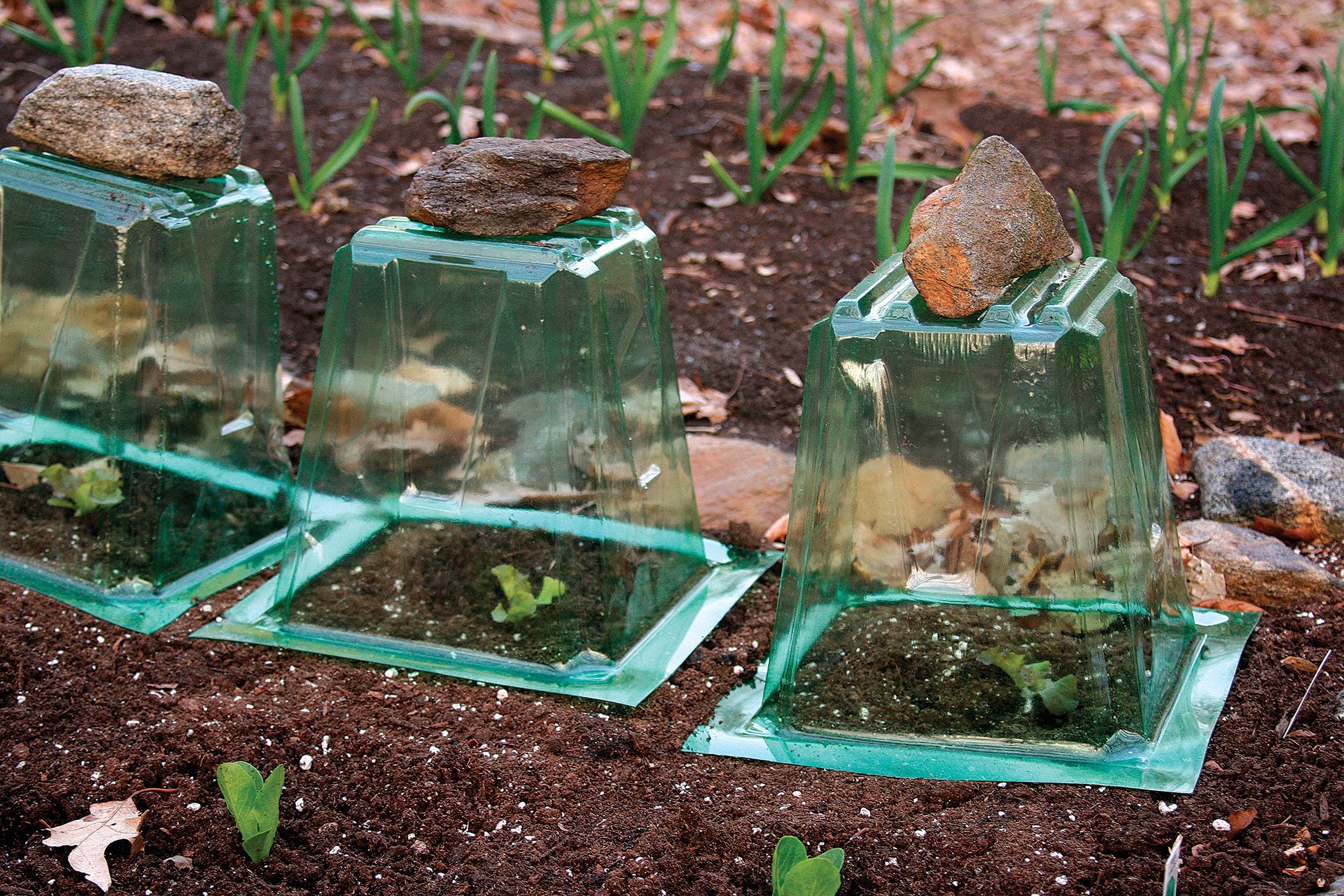
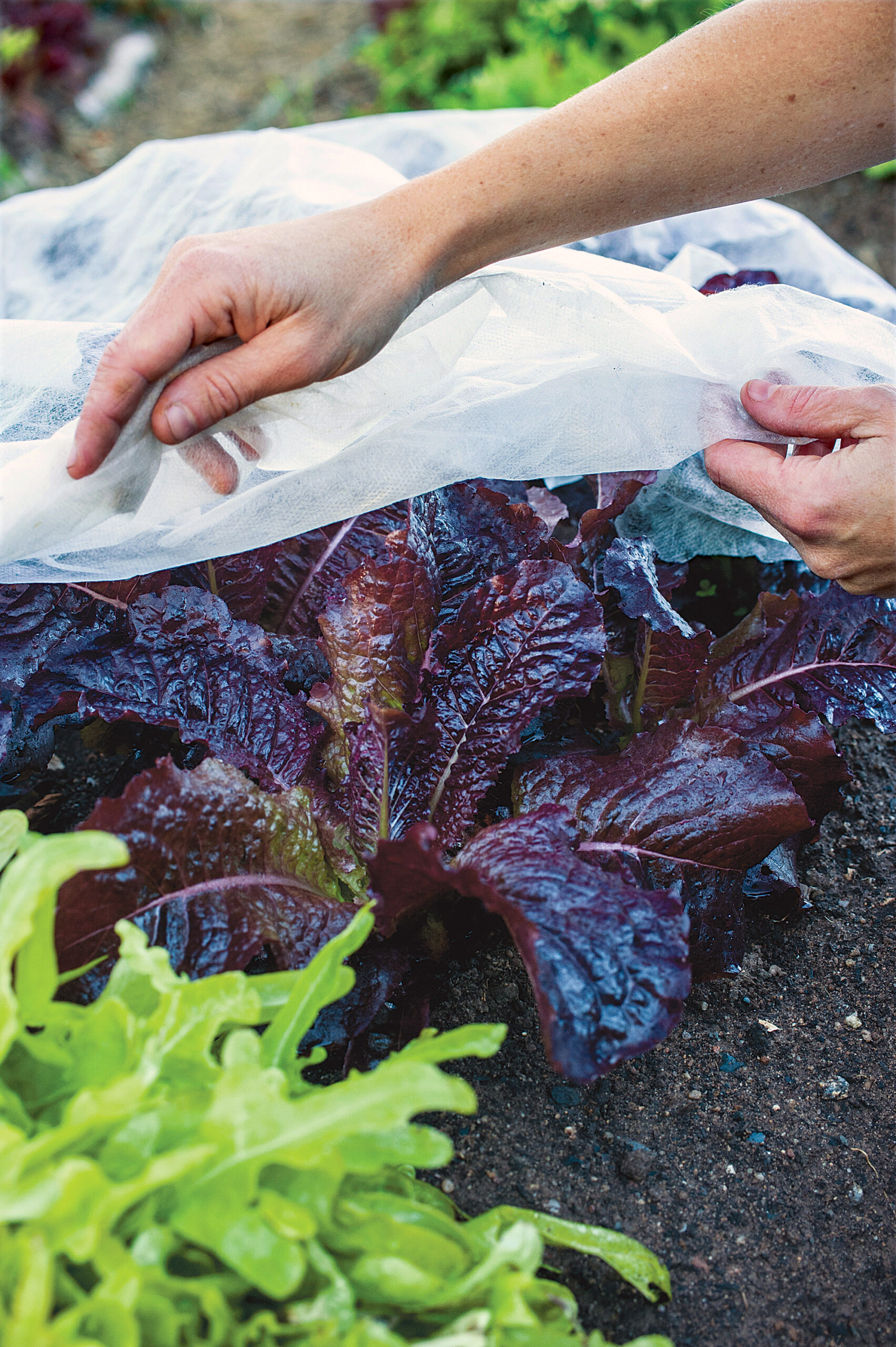
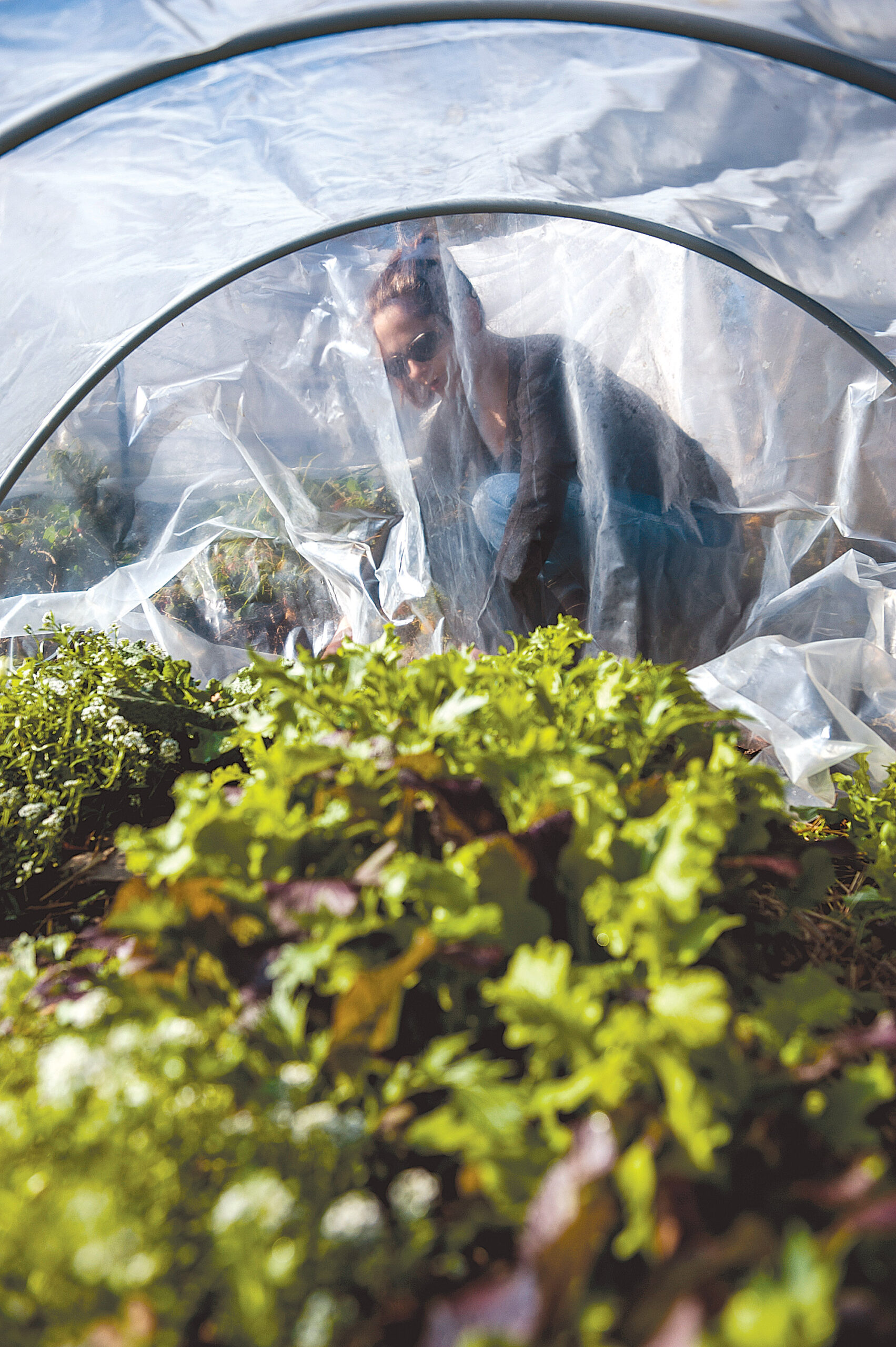




Comments
Log in or create an account to post a comment.
Sign up Log in